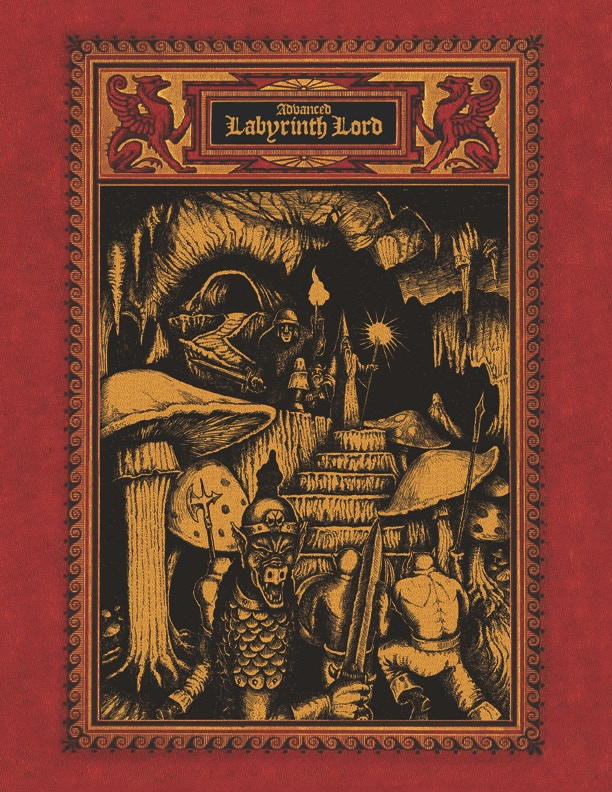E is for Excubitorium
Opposite the front of S. Crisogono, standing a little way back from the street, are the remains of a very interesting excubitorium (50 c.), to which a flight of about 30 steps descends. The floor of the court is covered with black and white mosaics of marine monsters, a polypus, and other animals, surrounded by the sea. Each of the centaurs holds a torch, one of which is alight, the other spent—supposed to indicate the firemen on and off duty. […] In the cenre is a six-sided cistern. On the right is a species of temple or lararium, richly decorated in moulded terra-cotta, once picked out with coulour. At its entrance are Corinthian pilasters, with entablature and pediment; the painted walls are covered with graffiti; and in the apse is a marble statuette of Mercury. On the opposite side of the court are the guardrooms, sleeping apartments, kitchen offices, and a well; and on a pier to the left are graffiti of greater importance (cir. 225), showing that the edifice, once a private 2nd century house, had been let or sold to serve as an outpost (excubitorium) for a detachment of the 7th cohort of the Roman vigiles.
Most definitions on the web, and even in a couple of architectural dictionaries, say that an excubitorium is sleeping quarters for city guards, but in actual use it seems to always refer to a firehouse. Fire may not be a major problem in a stone dungeon [see Richard’s comment below!], but it was a significant concern for the occupants of Rome, and would also be a major hazard for most ancient/medieval fantasy cities. Roman vigiles kept watch from numerous excubitoria located throughout the city, where they would respond to fires with buckets and axes. They couldn’t do much to extinguish a raging fire, so the vigiles focused on early detection and prevention; they were empowered to break into any private property if they suspected a fire hazard.
I think these Flickr photos show the excubitorium described above as it appears today.
The quotation comes from the 1899 A Handbook of Rome and the Campagna, which incidentally has some nice maps in it:

(This is for the A-Z Blogger Challenge.)
3 comments:
Telecanter, April 7, 2011 at 12:20 AM
Love it, keep ‘em coming.
richard, April 7, 2011 at 4:17 AM
Fire underground can be extremely dangerous, even if the walls don’t go up (which they might, if you have coal seams nearby, and then they can burn for years and make whole regions uninhabitable - remember that lord who sent you down here because his sheep were getting stolen?). There’s smoke, toxic gases released from heated rock, cave-ins from expansion and simple oxygen depletion, provided the dungeon isn’t well-ventilated (which I’m guessing it probably isn’t).
This may all be more DSG than you ever wanted to go, but there are adventure seeds to be had, I think. And coal gas should persuade your PCs to leave their torches behind (fuel-air explosions aren’t funny), with potential alone-in-the-dark consequences. Continual light spells might allow mad alchemists to dig where they shouldn’t, and where simple goblin miners can’t follow.
That said, tin miners often lit fires under chimney-vents, to draw air into the mine from other vents further away.
So thanks for making me think about this: every dungeon should have firemen!
Carter Soles, April 7, 2011 at 9:28 AM
Very nice, an idea I had literally never considered before!



